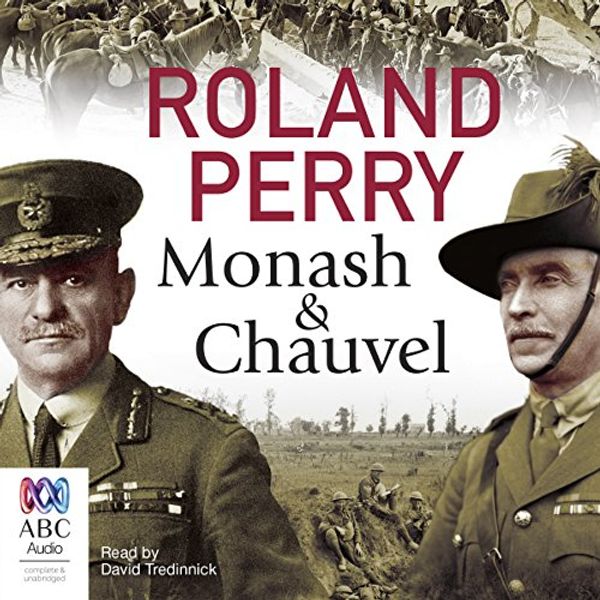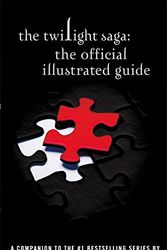Monash and Chauvel: How Australia's Two Greatest Generals Changed the Course of World History
Roland Perry

| ASIN: | B079SGKYCT |
| Publisher: | Bolinda Publishing Pty Ltd |
| Published: | 7 May, 2018 |
| Format: | Unabridged |
| Language: | English |
| Editions: |
17 other editions
of this product
|
Monash and Chauvel: How Australia's Two Greatest Generals Changed the Course of World History
Roland Perry
The two most outstanding battle commanders on the Allied side at the Western and Middle Eastern Fronts were Generals John Monash and Harry Chauvel. They met and formed an unlikely bond in the cauldron of Gallipoli and went on with their armies to be dominant in the two biggest Fronts of the 1914-1918 War. John Monash, on the Western Front in Europe at the peak of the deciding year 1918, commanded the Australian Imperial Army (AIF). It had 208,000 soldiers (more than six times Australia's current Defence Force), and was the biggest single army Corps of twenty on the Allied side. Monash saw himself as Australian first and second. He viewed the war on the battle-fields as that between two systems: military dictatorship and emerging democracy. His German lineage meant fewer ties to the British Empire and a real sense of Australia's needs as an independent fledgling nation. Monash's background also made him more aware than any other Allied General of what was at stake. At the most critical time of the war in 1918, he masterminded victory over two German armies at the battle of Amiens in Northern France, which the German High Command conceded ended their chances of winning the overall conflict. Monash held limited regard for directives from the Allied High Command in a hundred day blitzkrieg and his mighty war machine defeated 39 German Divisions, involving a million enemy soldiers. In the war against the Ottoman Empire in the Middle East, Harry Chauvel led the 34,000-strong Desert Mounted Column, which consisted of 70 per cent Anzac Light Horse, or Cavalry. Chauvel was an Empire man, who considered himself as British first, Australian second. His attitude changed in the course of the war, when he realised he would have to ignore the command directives of superiors and take the initiative in planning the battle tactics himself if he was to defeat the Turks. He did this at Romani in the Sinai in August 1916; at Beersheba on 31 October 1917; and in the final 1918 drive to push the Turks right out of the Middle East after 400 years of brutal rule over the Arab tribes. Monash and Chauvel planned thoroughly and acted with the best interests of the soldiers under their command. Their capacities and attitude presented a winning formula for their armies and ensured that they never lost a battle they planned and executed.
Shop Preferences
Customize which shops to display. You can include the following shops by logging in to change your settings.

















